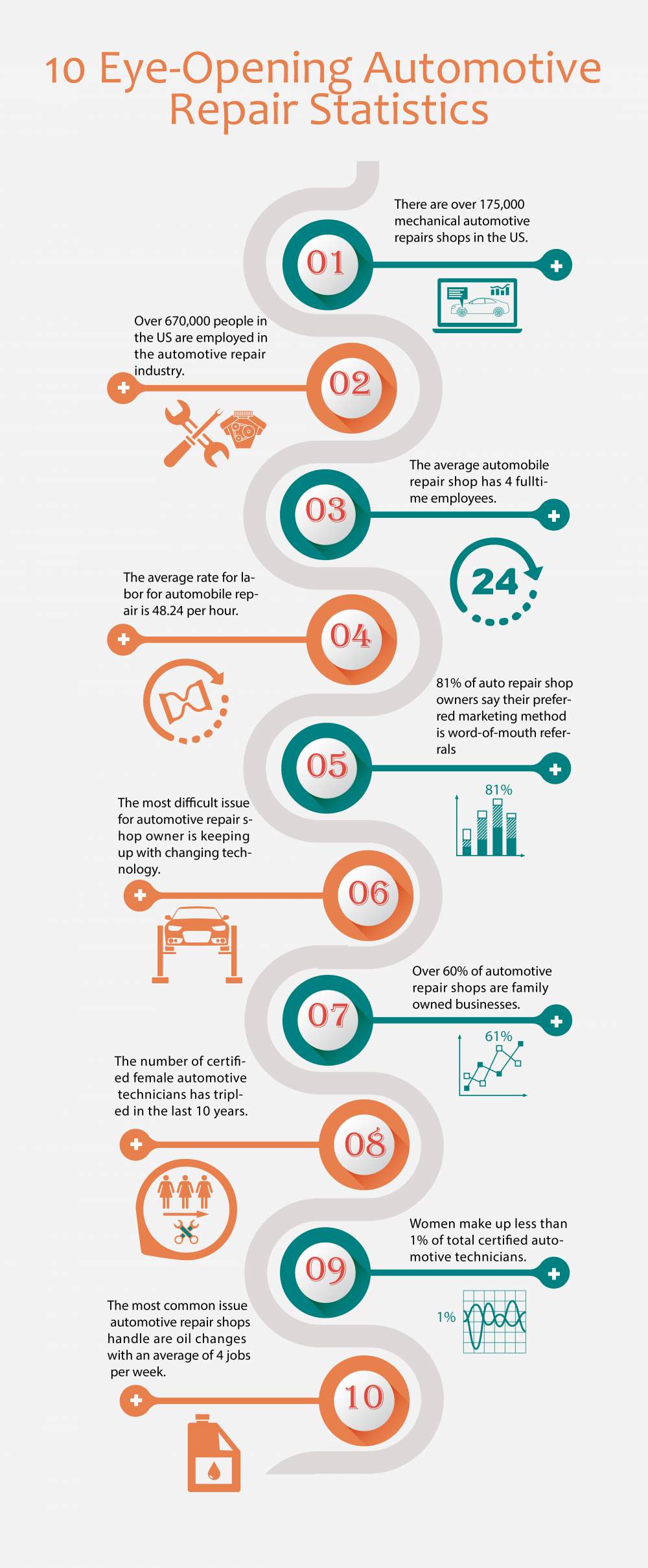Master The Art Of Recognizing Vehicle Warning Lights And Face Potential Challenges With Certainty
Master The Art Of Recognizing Vehicle Warning Lights And Face Potential Challenges With Certainty
Blog Article
Material Writer-Ditlevsen Corbett
When you lag the wheel, those little caution lights on your automobile's control panel can be rather bewildering. What do they indicate, and should you be concerned? Recognizing these signals is crucial for your automobile's wellness, but it doesn't need to be a challenging job. By deciphering the mystery behind each light, you'll be geared up to deal with potential issues effectively and keep your car running smoothly. So, next time a caution light flashes, do not panic - arm yourself with knowledge and take control of the situation.
Relevance of Auto Warning Lights
Recognizing the significance of your cars and truck's warning lights is crucial for preserving your automobile's health and safety. look at here act as your car's communication system, notifying you to prospective concerns that might endanger your security when traveling or cause costly repairs if neglected. By paying attention to these warnings, you can address issues early and prevent more damages to your car.
Overlooking alerting lights can lead to major repercussions, such as engine failing, brake malfunctions, or perhaps crashes. These lights are created to alert you of problems ranging from reduced tire pressure to engine breakdowns, giving you the opportunity to do something about it prior to the circumstance aggravates. On a regular basis examining and understanding these cautions can conserve you time, money, and ensure your safety and security while driving.
Along with maintaining you secure, responding promptly to warning lights can additionally help lengthen the life expectancy of your cars and truck. By dealing with concerns early on, you can protect against small issues from rising into significant repair work, inevitably saving you time and money over time. Bear in mind, your car's warning lights are there for a reason - don't neglect them!
Common Caution Lighting and Meanings
When it comes to driving your car, being aware of typical warning lights and their definitions is vital for your security and automobile upkeep. Here are a couple of usual caution lights you might encounter:
1. ** Inspect Engine Light **: This light shows a concern with your engine. https://holdenzsmew.thelateblog.com/30460991/but-just-how-do-you-resolve-squishy-brake-pedals-discover-the-solution-listed-below could be something minor like a loosened gas cap or something a lot more severe like engine misfiring.
2. ** Battery Light **: This light signals a problem with your vehicle's charging system. It could suggest a faulty battery, alternator, or various other relevant parts.
3. ** Oil Pressure Light **: When this light comes on, it means your engine might be running low on oil or experiencing reduced oil pressure, which can bring about engine damage if not dealt with promptly.
4. ** Brake System Light **: This light indicates a problem with your stopping system. It might imply reduced brake fluid degrees or an issue with the brake system that calls for prompt attention.
Comprehending these usual caution lights will assist you identify potential problems early on and avoid even more substantial troubles in the future.
Exactly how to Reply To Caution Lighting
In the event that a caution light brightens on your cars and truck's control panel, it's critical to respond quickly and suitably. When a warning light comes on, the initial step is to consult your owner's handbook to recognize the particular issue indicated by the light.
Some lights need instant attention, while others may show a less urgent matter. If the caution light is red or flashing, it's normally a sign of a major problem that requires immediate activity. In such situations, it's suggested to pull over safely, shut off the engine, and look for expert aid.
For yellow or orange warning lights, while they may not need prompt interest, it's still vital to attend to the underlying issue quickly to stop additional damage. Regular maintenance and evaluation can help avoid cautioning lights from beginning suddenly.
Conclusion
In conclusion, understanding your auto's warning lights is important for keeping your vehicle's health and safety. By routinely checking and replying to these cautions, you can attend to prospective concerns early and stop costly fixings or safety threats. Bear in mind to consult your owner's handbook for information on different warning lights and always take prompt action for red or flashing lights. Stay proactive and maintain your vehicle running smoothly!
